Every Day by Mariusz Becker
We all do a personal project now and then. Some even struggle with doing one, but Mariusz Becker took it upon himself to do one per day for 13 months! You ask why? I let him answer in this case study which will have a following technical article with your help as well (see this at the end of this article).
As a long time reader of Ronen’s Blog, I feel very honored that he reached out to me and asked me to share my experience doing daily renders, or better known as ‘everydays.’
I did those for 13 months (April 2015 – May 2016) and if you are interested in seeing all of those you can find them over on my Behance profile.
In this article, I’m going to cover why I did it, how I did it and what I learned from the experience, so you can find out if this is something you want to try as well.
(I’ll spoiler a bit… You should do it!)
Why?
There is a straightforward answer to why I started doing everydays.
I wanted to learn 3D.
I discovered 3D as a thing I want to pursue in the last semester of my communications design studies. Before that, I had some basic introduction to Cinema4D but never really got the hang of it and didn’t use it for more than university projects. It felt like it was just too much work and something I’d never pursue as a career.
But then, and I guess that this is the case for a lot of people starting to do everydays, I discovered the work of Mike Winklemann, or better known as beeple.
He’s been doing everydays for around eight years by that time and his work blew me away. These weren’t Cinema4D renders like the ones I knew, of products and exhibition, stands, these were so much more and this resonated with me.
On top of that, he was doing that every day and I wasn’t even able to render more than a few spheres and still spent hours on this and didn’t have fun at all.
But his work made me want to learn Cinema4D and 3D in general.
How?
So how do you start an everyday project?
You just do it!
There shouldn’t be any planning involved, like ‘I will start on Monday.’
Why not now?
One evening I decided that I’d set up a Tumblr blog and would post a render there every day.
To be honest, I didn’t believe myself at that point, that I would do it, but I wanted to try it. My first image took me around 4 hours, and you will ask yourself as well, why it took so long. It rendered around 40min in 720px, but I was so proud of it and shared it on Tumblr.
From there I was hooked. Seeing how my Tumblr grid got denser and denser and saw the small steps I was taking, motivated me a lot.
That said, I needed to watch tutorials for nearly everything I did in Cinema4D, so most of my first renders were outcomes of these tutorials I found online.
And at this point, I want to give a shout out to greyscalegorilla, because without him I don’t know if I would have learned this much in the beginning.
Time management (or the lack of it)
One of the most important aspects when it comes to doing everydays is time management and something I struggled with a lot while doing it, especially while having a job.
In the beginning, I did my everydays after university while I was writing my diploma thesis, they helped me a lot to focus on something different than college.
But there were many occasions where I was sitting in front of the computer at 3 am, because I went out with my friends and didn’t have the time to do an image before that.
I still wanted to do it and didn’t want to ‘fail’ and was motivated enough to push through, although I don’t recommend dwelling on failing. Don’t overthink your guidelines when doing a project like this.
The real struggle began when I started my internship after I finished university.
I still wanted to do everydays, even though I was working late nights. They became a part of me at that time, so nearly everyday I worked till 2 am on these, sometimes even till 4 am. Hot render, using Maxwell… so limited the resolution to 1280px so all will render on my old machine. Then went to bed.
In the morning I would do my postproduction, upload the image and go to work again.
I was looking forward to the weekends so I could spend more time on these renders and do more complex models. That is the reason I stopped doing everydays after a little over a year. I was interested in doing images that needed more than a day. I wanted to spend more time on these.
But having done this, I can tell you that you should try to set up a time when you do your everydays and when you’re done. Stop working on it after the timeframe and don’t get back to it. It’s finished, tomorrow there will be a better image. or not.
How to stay motivated and inspired
Motivation is the key to do it. Because even when you don’t really want to do it and don’t really have the time, or the image isn’t as good as you wanted it to be, you need to be motivated to keep doing it.
Doing images every day helps a lot with this actually, as you quickly forget about the ones you didn’t like as you focus on the next one.
Motivation is also a lot more important than Inspiration. You don’t need the inspiration to do this and to wait for inspiration to show you what to do, is usually an excuse why you are not doing anything.
The outcome doesn’t matter when you do a project like this. The benefit will be that you get better and maybe did a few beautiful pictures that you do like. It’s about doing it every day and setting yourself the 25 hours cycle deadline. Stick to it. Form a habit.
In the beginning, I was focused on being inspired and stared for an hour at Pinterest without realizing that I didn’t get anything done this way. After a few months, this went away, and I just did something that eventually looked alright.
What?
What did I learn/gain from it? Life after everydays…
Without those everydays I don’t think I would be doing 3D as a job now. I got my first internship and my first freelance gig from showing these online, as my portfolio was made up only of it.
Sure, they helped me to learn Cinema4D and different render engines, but this is something you can learn from tutorials over time. They helped me overcome the fear of showing what I do, something that we all struggle with from time to time, as we are never good enough in our own eyes.
I learned that I used the ‘lack of inspiration’ as an excuse for not working and that you can accomplish a lot in a day. And finally, I had the possibility to try out a lot of different visual styles, as the images were just for me and this helped me to find my voice.
This is one of the last images I did as part of this everyday project, it was done in July 2016, but I was skipping a lot of days because of freelance work at the time and decided to stop everydays for real after this one. After that, I only did a few images in one day, when I felt like it, stopped sharing everything I did on Instagram and started working on bigger projects and client work.
But this image could have benefited a lot from me spending more time on it, so it was a turning point somehow.
So after that, I decided to try a ‘real’ picture, and I spent several days modeling everything from scratch and combining everything I learned from doing everydays.
Should you do it?
You should do it!
You got nothing to loose, and you can only learn from the experience.
If there is something you want to learn and this applies to nearly everything, you should do it everyday anyways. So why not motivate yourself with a commitment like this?
Process / Technical Aspects / Software
I started those everydays to learn Cinema4D, in the beginning, I rendered everything using the built in renderer.
After I got interviewed for my first internship, I got told that the shop used Maxwell to render their images, so I wanted to learn it, to be able to work there. I started using Maxwell for rendering my everydays. The render times were insane on my old i7, but I loved the look I was getting.
Coming from a photography background, I got the hang of Maxwell pretty quickly, although building realistic shaders is a completely different story.
I was amazed by the quality it could produce, and this is what got me more and more into trying real world scenes.
The shop used 3ds max, so I tried to switch to max for my everydays as well, but it didn’t really work as a lot of what I did at the time was faster to do in c4d and also, as I mentioned earlier, you don’t want to figure out how to do something in the middle of the night. Or at least I didn’t.
I also learned Quixel tools to texture my assets and build normal maps and started to learn UV-Unwrapping. I also started using Marvelous Designer, as C4D’s Clothsystem didn’t work out for me.
All of this resulted in being able to experiment more and more in my everydays and to try different things.
A few months later I discovered octane and switched to it for doing my dailies as my old GTX 770 rendering in octane was still a lot faster than my 3770k rendering in Maxwell.
After that, I invested in a 980ti and from there on did my dailies in octane and was able to get higher resolutions as well as faster render times.
Post production was a bigger part in the beginning, as I used it to hide my weak spots in 3D, but as I advanced, I only did some color correction.
I hope this article didn’t scare you of doing everydays, but motivated you to learn something new and give it a try using this habit forming method.
What’s next?
I’m going to dive deeper and explain more about 3 of the images you see here in this article. I aim to pick one image per render engine, so native C4D, Maxwell Render and Octane Render. Please help me focus on the ones you like by stating which ones should I cover in the comment section below!
Cheers!


















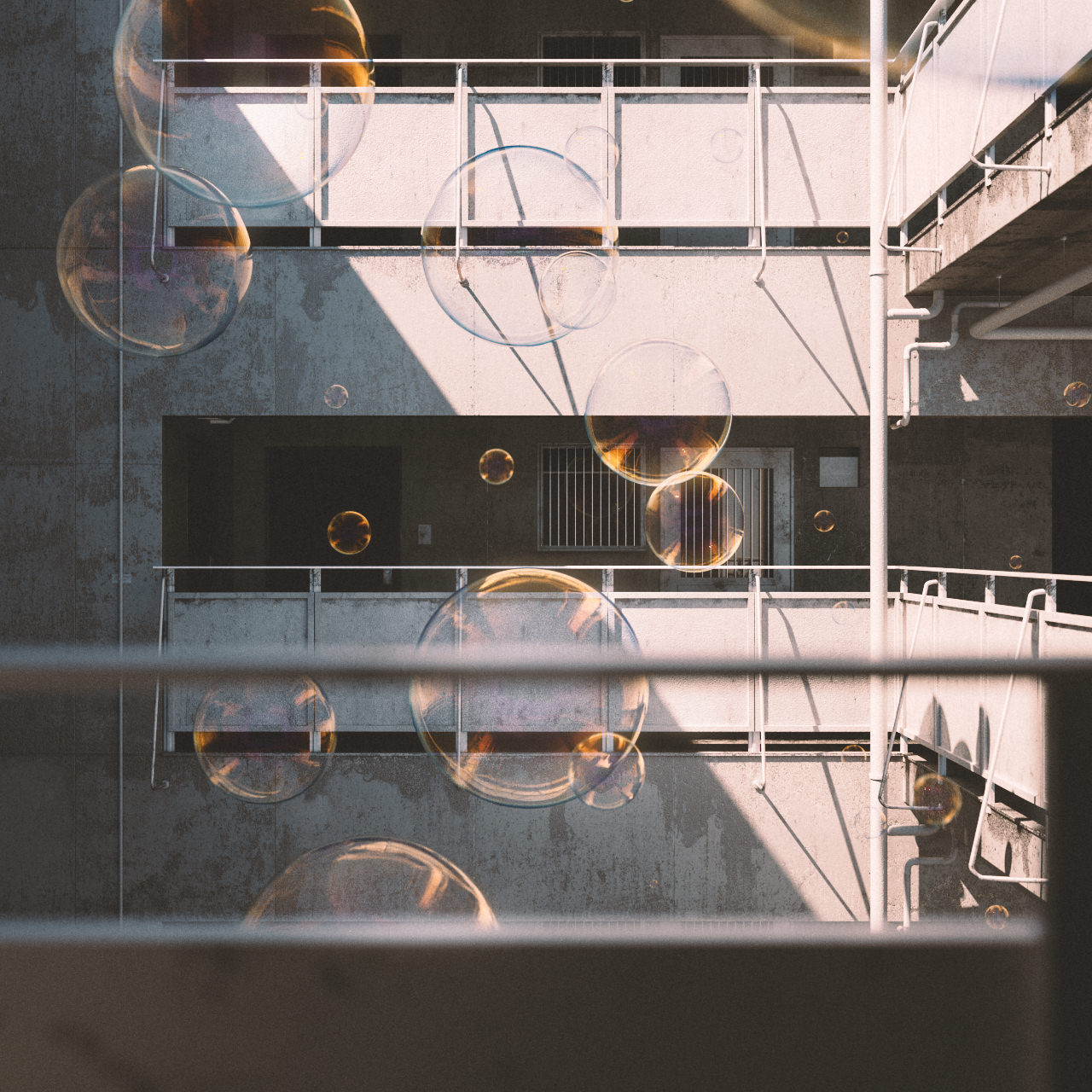
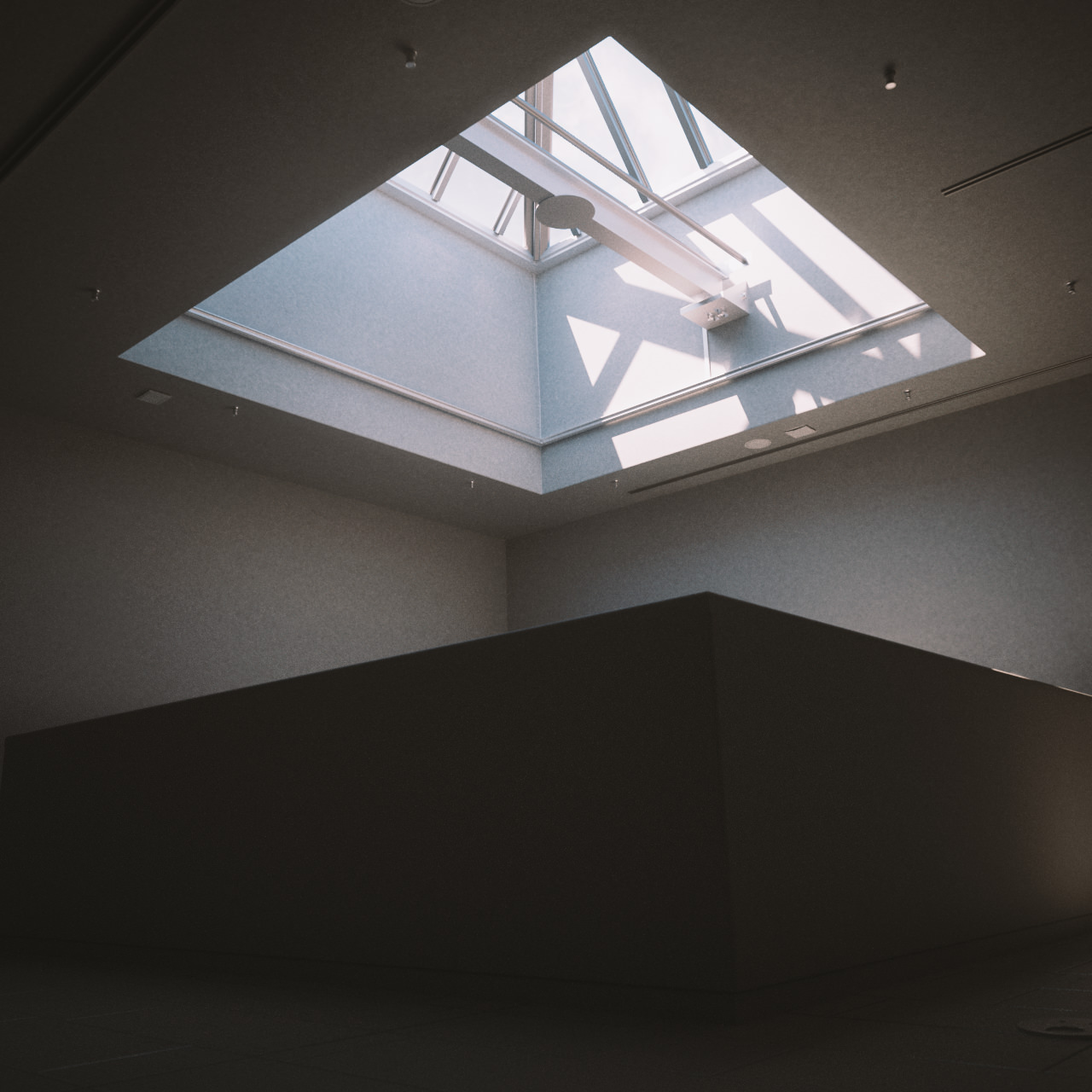
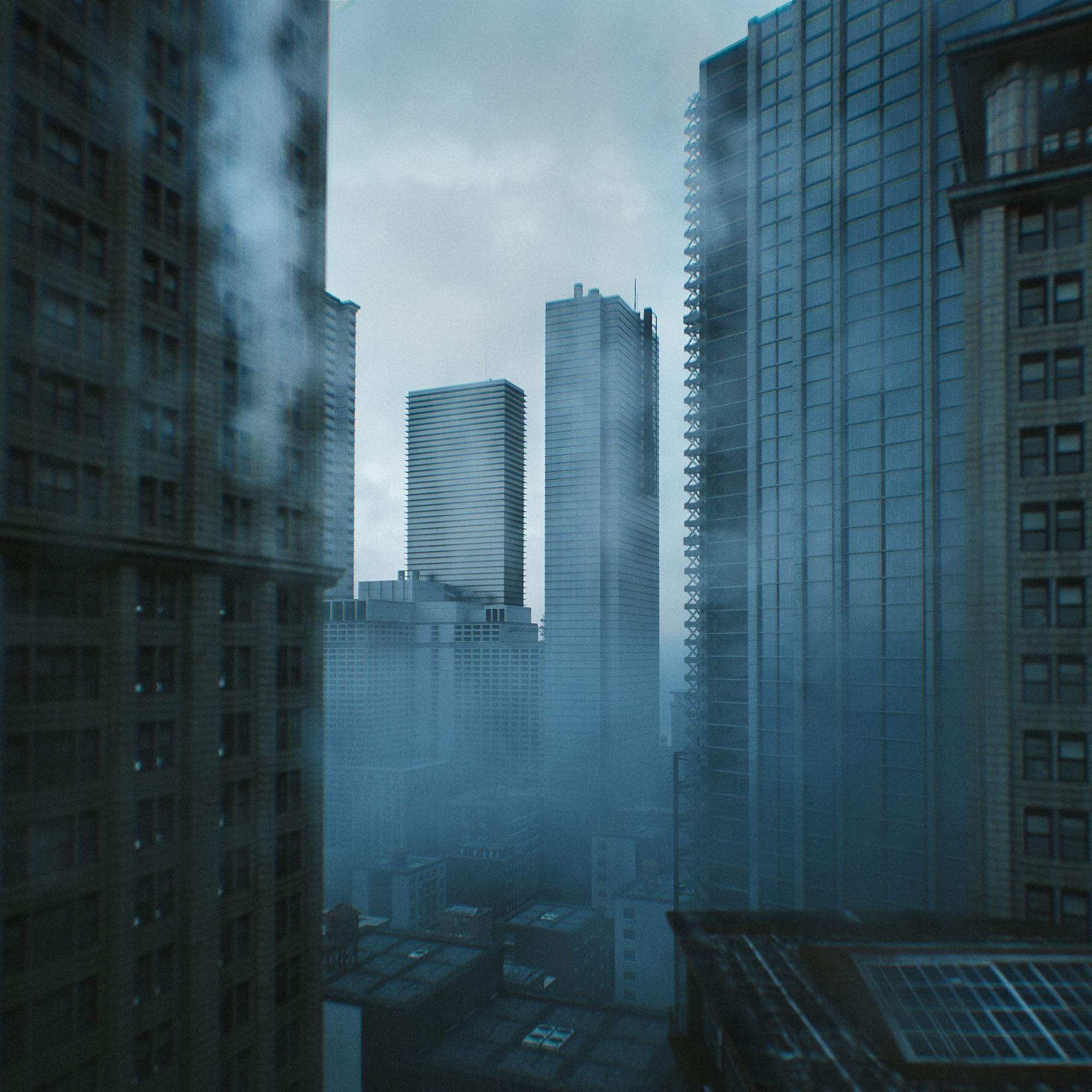
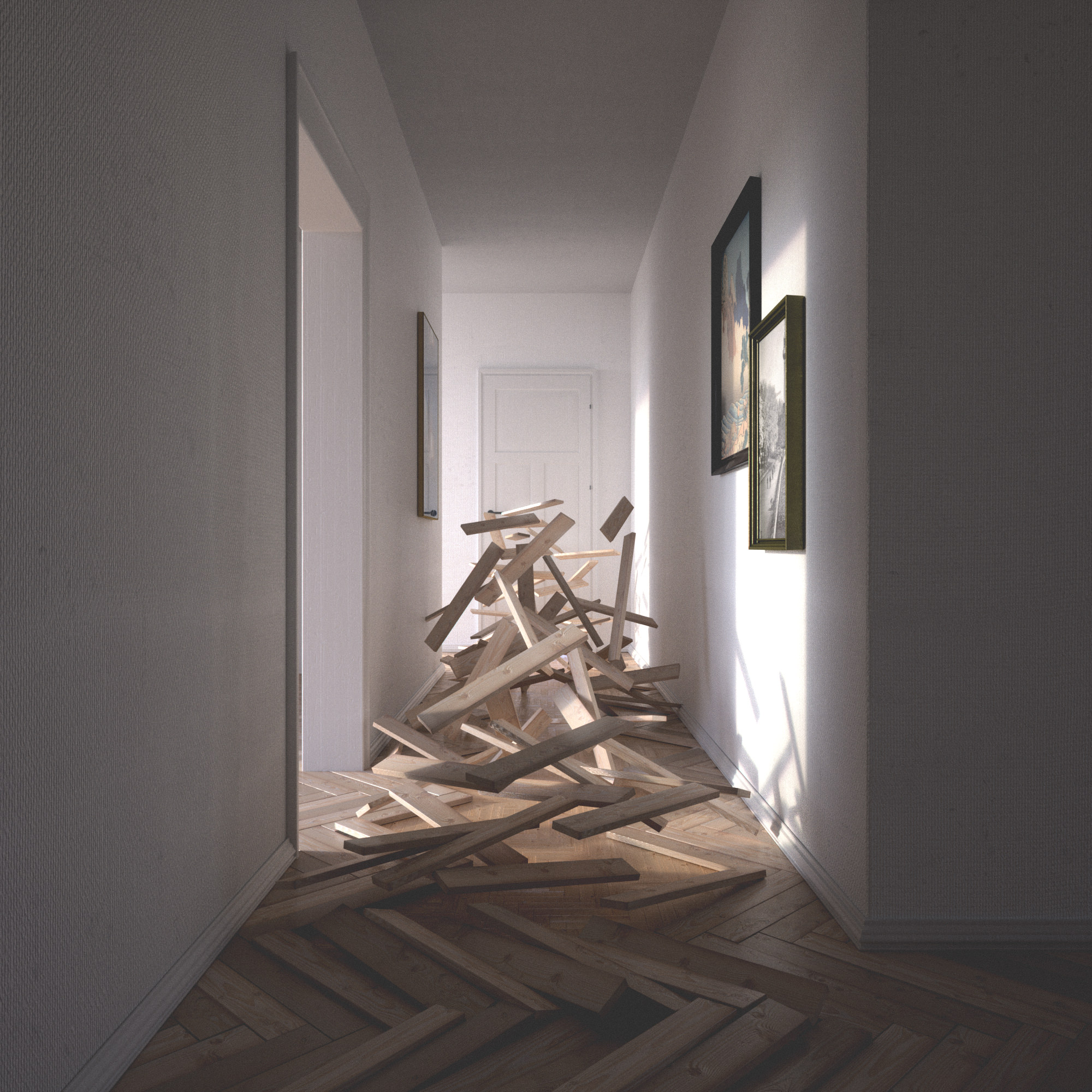
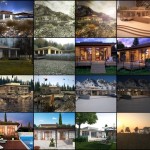




Thanks for sharing this great story, Mariusz! It is full of useful information and very motivational. Congratulations on sticking to the one a days. Well done!
Thanks! Do help Mariusz pick the 3 projects to dive into 😉
I love the bubbles image! btw I also find beeple tremendously inspiring. once I listened to a podcast with him when he recommends a book, that got him started with his everydays – The War of Art by Steven Pressfield. amazing read. cheers!
Great stuff, Mariusz; highly motivational – and some really impressive work there. Big kudos for keeping at it – and thanks for posting! My personal choice for a ‘tell me more’-sample would be the image of the dark basement corridor (the one with with the pipes/wires along the ceiling and the naked strip lights…) Cheers.
Wow most take a lot time doing these everyday. Some scenes seem quite complicated, i mean he also models them from scratch right?
can someone help me here